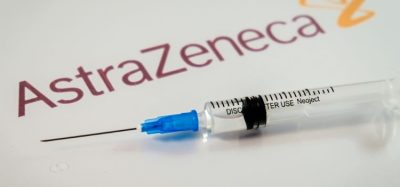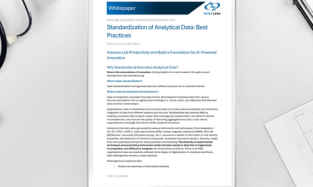FDA releases guidance on bioavailability and bioequivalence study samples
Posted: 20 August 2020 | Victoria Rees (European Pharmaceutical Review) | No comments yet
The FDA has released guidance on its compliance policy on reserve samples used in bioavailability and bioequivalence studies.


The US Food and Drug Administration (FDA) has released new guidance on the agency’s compliance policy regarding samples used in bioavailability and bioequivalence studies. It is related to the retention of reserve samples of the test article and reference standard used in an in vivo bioavailability (BA) and in vivo or in vitro bioequivalence (BE) tests.
Specifically, this guidance addresses the requirement at 21 CFR 320.38(c) to retain reserve samples of sufficient quantity. This is to permit the FDA to perform five times all the release tests required in an application or supplemental application
The guidance also describes the conditions under which the FDA does not generally intend to take enforcement action. The document outlines that this would be against an applicant or contract research organisation (CRO) for retaining less than the quantity of reserve samples of the test article and reference standard that were used in the BA or BE study as specified in 21 CFR 320.38(c).
According to the FDA, this guidance applies only to the requirements for retention of reserve samples contained in 21 CFR 320.38(c). It does not apply to the other requirements for retention of reserve
samples contained in 21 CFR 320.38, such as how testing facilities must select samples for
testing, how the reserve samples must be retained and whether reserve samples are representative of the test article and reference standard used in the BA or BE study. Additionally, the guidance does not apply to the requirement in 21 CFR 211.170 to retain samples under current good manufacturing practices (GMP).
The FDA highlights that the guidance documents are not legally enforceable responsibilities.
Instead, they describe the agency’s current thinking on a topic and should be viewed only
as recommendations, unless specific regulatory or statutory requirements are cited. Furthermore, the FDA says that the document is not binding to the agency or the public.
Related topics
Biopharmaceuticals, Good Manufacturing Practice (GMP), QA/QC, Regulation & Legislation









